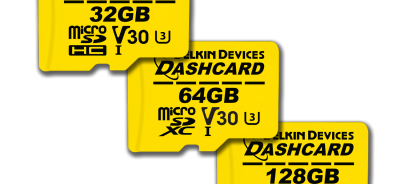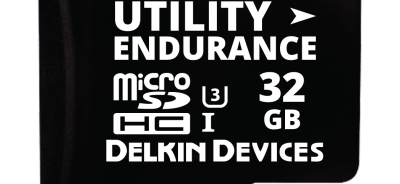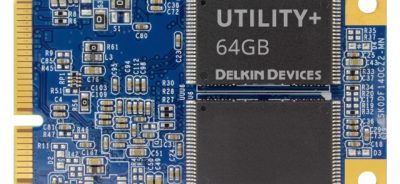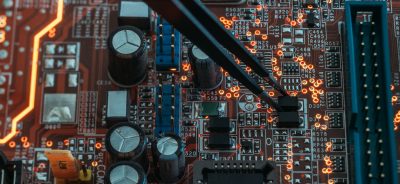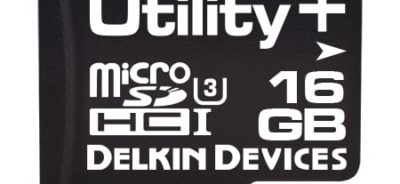Digital Signage Applications’ Embedded Systems
In the past, digital signage applications have relied on standard PC platforms in order to get the best possible performance. However, embedded systems have improved in leaps and bounds, and now, there are good reasons for designers and end users to pick them over PC platforms. Unfortunately, myths about embedded systems and their effectiveness in digital signage applications persist, and they often prevent digital signage customers from getting the maximum potential from their designs. This is especially problematic for digital signage applications that require the reliability of industrial grade memory. Are myths about digital signage applications and embedded systems standing between you and the best possible design for your devices? Here is the truth behind some common myths.
Myth: PCs perform better with graphics and videos than embedded systems.
Digital signage applications are increasingly relying on graphics and videos to create multimedia displays. In the past, PCs were able to outperform embedded systems with these features—but those days are over. Embedded systems have reached parity with—and in many cases, surpassed—PC platforms in running graphics and videos for digital signage. Today’s embedded systems operate with standards-based interfaces and platforms, and feature dramatic improvements in graphic displays and video streaming, thanks to multicore processing, hardware for multiple high-def video streams, dedicated graphics, and high-performance CPUs.
Myth: OS issues arise with embedded systems.
The problem with operating systems is really one that is isolated to PC platforms. PCs struggle to run both their operating systems and the applications that are needed for digital signage at the same time. They simply don’t have the ability to keep up and are prone to slow operation and failures. Embedded systems can run the same operating systems as PC platforms, but they run special embedded versions that can be designed to only have the features the application needs. A full operating system can be run on an embedded system as well, but the option to create a leaner, limited system boosts performance dramatically without any of the concerns associated with PC platforms.
Myth: Embedded systems cause a lifecycle concern for long-term deployment.
This is another myth that is actually true of PC platforms, and not embedded systems. Typically, a PC model is available for up to 12 months before the configuration is changed. Embedded systems typically use the same configurations for five years or more. This makes it easier to roll out additional signage applications without making any changes to the core design.
Digital signage applications require uncompromising reliability. Delkin’s team is ready to answer your questions about digital signage applications and embedded systems, so you can get the best fit for your needs. Contact us today for more information.
 Login
Login Register
Register



